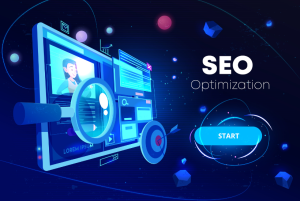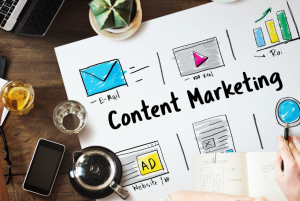Delving into the world of Pay-Per-Click (PPC) advertising opens up a realm of targeted marketing, where the intricacies of platforms like Google Ads, Bing Ads, and various others converge to create potent strategies aimed at driving higher conversion rates and maximizing Return on Investment (ROI). Unraveling the layers of PPC involves understanding bidding strategies, meticulous keyword research, crafting compelling ad copy, and employing optimization techniques.
At the crux of PPC lies the art of bidding, a strategic maneuver to secure ad placements in search engine result pages (SERPs) or other advertising spaces. Understanding the auction-style bidding mechanisms of platforms like Google Ads and Bing Ads is fundamental. Smart bidding strategies, such as cost-per-click (CPC), cost-per-acquisition (CPA), or return on ad spend (ROAS), enable advertisers to optimize spending while aiming for specific goals, whether it’s clicks, conversions, or revenue.
Keyword research stands as the foundation upon which successful PPC campaigns are built. It’s about identifying relevant, high-intent keywords that align with user queries and match the brand’s offerings. Tools like Google Keyword Planner, SEMrush, or Ahrefs aid in uncovering valuable keywords, analyzing search volumes, and competition, and identifying long-tail or niche keywords that can yield better results.
Crafting compelling ad copy that not only grabs attention but also entices users to click and take desired actions is an art in itself. Writing concise, persuasive copy that highlights unique selling propositions, addresses user pain points, and includes compelling calls-to-action (CTAs) is crucial. Ad extensions further enhance ad visibility and provide additional information, increasing the chances of user engagement.
Optimization techniques play a pivotal role in refining and enhancing PPC campaigns. Advertisers continuously monitor campaign performance, analyzing metrics like click-through rates (CTR), conversion rates, and Quality Scores. Iterative testing of ad elements, such as headlines, ad copy, and landing pages, enables fine-tuning for better performance. Employing A/B testing methodologies helps in identifying high-performing variations and optimizing for maximum impact.
Google Ads, with its extensive reach and diverse ad formats like search ads, display ads, video ads, and shopping ads, offers a multifaceted platform for advertisers. Bing Ads, while having a smaller market share, presents a valuable opportunity to target audiences, especially in specific niches or demographics.
Beyond these giants, social media platforms like Facebook Ads, Twitter Ads, and LinkedIn Ads provide alternative avenues for PPC advertising. Each platform offers unique targeting options, ad formats, and audience demographics, catering to different marketing objectives and industries.
Ultimately, successful PPC campaigns aren’t just about driving traffic; they’re about driving the right traffic that converts. Achieving higher conversion rates and ROI in PPC involves an amalgamation of strategic planning, meticulous execution, and continuous optimization. Adapting to the dynamic landscape of PPC advertising ensures that marketers stay ahead, leveraging these powerful tools to meet business objectives effectively.





